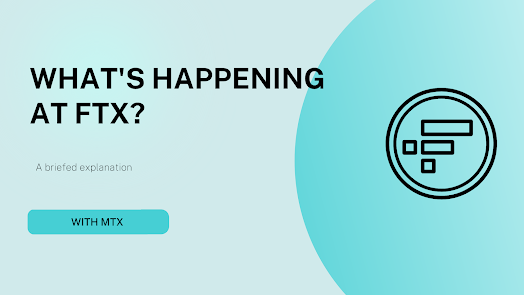What is Staking?
Staking refers to the practice of delegating tokens to the blockchain's governance model, which locks them in place for a predetermined period of time.
Staking a cryptocurrency is a lot like putting money in a bank account: an investor keeps their funds and assets locked up and receives interest in return.
It can be difficult to set up a staking system on your own. It is your responsibility to manage and run a node. There is also a requirement to learn about how the cryptocurrency works from the ground up, which is something many investors lack.
A staker can get a proportional compensation for forging based on how much of their overall assets are being staked and how long they are staked for. Stakers can also create a "staking pool" to combine their holdings in order to meet any minimum requirements. On some networks, "cold staking" is also available, which means staking coins or tokens that are housed in a "cold" wallet, or one that is kept offline.
Rewards:
Staking has numerous advantages and rewards. The following is one of the few important ones:
Additional tokens can be earned. Increasing your personal supply of tokens or money is the most important step. By "earning interest," as the process of creating new blocks and distributing rewards is random, stakers have a chance of securing a reward.
Requires fewer resources. In comparison to crypto mining, staking uses a fraction of the resources, making it a more relaxing option. According to DeCicco, stakeholder participation in the ecosystem "serves the ecosystem by making tokens more scarce," which can help boost the value of your holdings.
Granted the right to vote and to participate in the political process. As previously said, stakers have a greater stake in a specific ecosystem or blockchain network, which may give them more influence over the future of a single cryptocurrency. It's similar to investing in a company's stock. If you stake your claim, you'll have the opportunity to vote.
Easier to expand one's portfolio. Setting up staking on an exchange can be as simple as flipping a few switches. They can keep an eye on their investments from there. Investments can continue to be made without the need for any further effort on the part of the investor.
Risks of staking
Staking, like any other form of investment, has its share of dangers. It is improbable that your entire portfolio will disappear overnight, but you should be aware of the following risks before you start staking.
Highly volatile. We all know crypto is a volatile investment, price swings are a normal part of the experience for investors. Cryptocurrency's daily price swings and erratic nature force you to constantly reevaluate your approach, so keep this in mind.
Lock-up periods. As staking requires placing your money in a trust for an extended length of time, you won't be able to access it for months (or years). In addition, once you begin, you may not be able to "unstake" your holdings.
"Slashing" techniques. It's possible to make a mistake and suffer fines if you stake outside of an exchange by configuring your own node. When "validators are performing poorly or dishonestly," this is classified as "slashing." the outcome? Additional money may be withheld as compensation, he said.
A charge is required. The fees for staking, especially if done through an exchange, are a necessity. Fees are typically a proportion of staker earnings, though this varies every exchange.
As a mechanism for crypto investors to earn interest and dividends, staking is an excellent option. In addition, you may be able to participate in the blockchain network's governance and validation, which may be of interest to some investors.
If you're still unfamiliar with the term, think of it as depositing money in a savings account and collecting interest. If you do your homework and are aware of the hazards, staking can help you grow your account quickly.



.jpg)

No comments:
Post a Comment